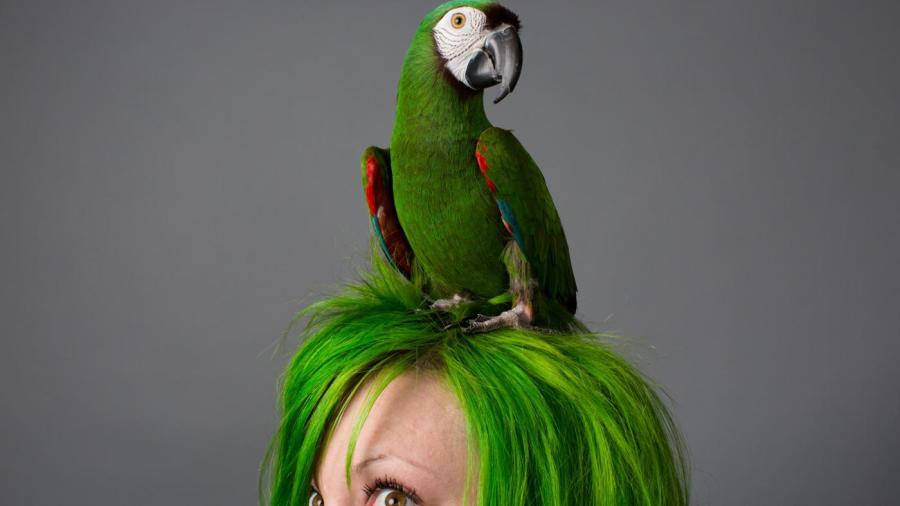Why Did My Hair Turn Green After I Dyed It?

Hair turns green after dyeing because of uneven pigment absorption or exposure to high levels of chlorine. This problem usually occurs in bleached blond hair as a reaction to a darker dye with cool undertones. Green hair is easily preventable but difficult to fix without professional help.
Bleach strips hair of its natural pigmentation and reduces its absorptive capacity. When colored with a cool, ash-brown dye, the damaged hair only retains certain pigments. This preferential absorption of ashy tones creates a seaweed-green effect that worsens over time.
Proper hair care makes this problem easy to prevent. Before dyeing, the stripped hair requires a pigment filler. This product restores the pigments removed through bleaching. After filling, the hair is ready to absorb the darker dye.
Bleached hair also turns green after repeated and prolonged exposure to chlorine-rich swimming pool water. The chlorine causes a chemical reaction with the stripped hair, turning it bright green. It also fades red and brown dyes. Individuals with dyed hair may prevent this problem by wearing a latex swim cap.
The only way to fix green hair without cutting it is to cover the green with a warm-toned dye. The reddish hues counteract the green, producing a neutral brown shade. Twice-weekly warm-toned rinses keep the green at bay until the next dyeing session.





